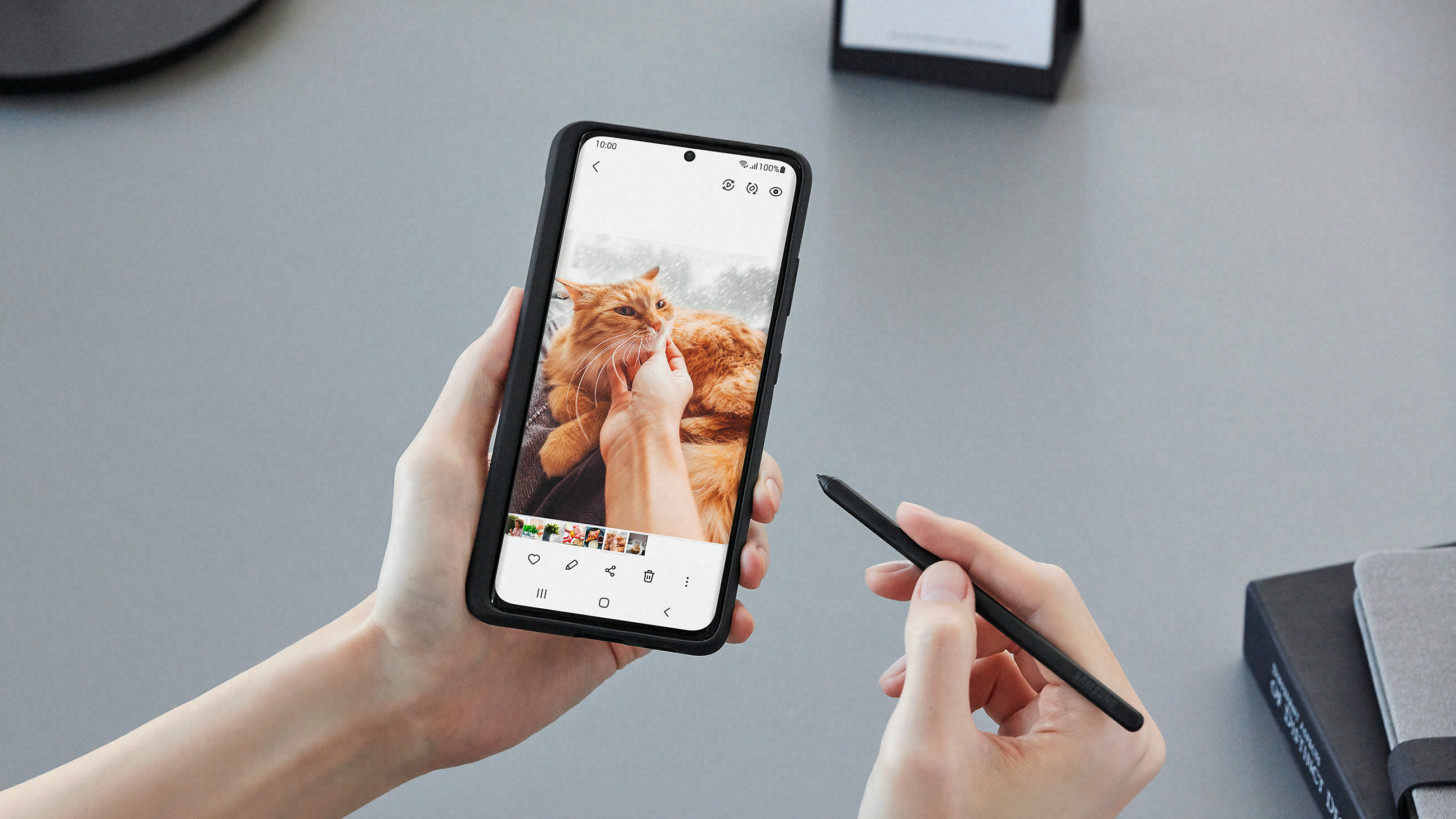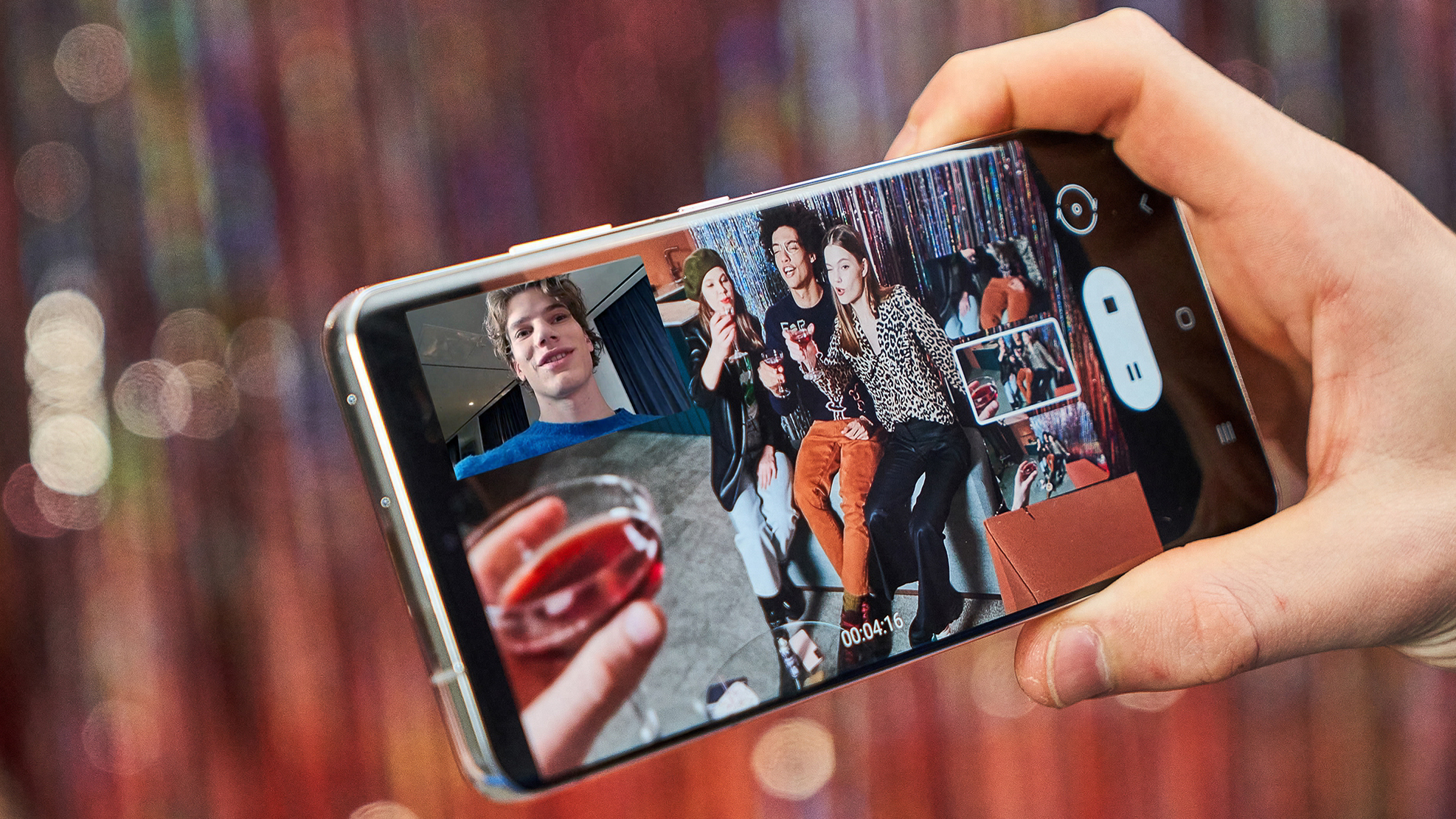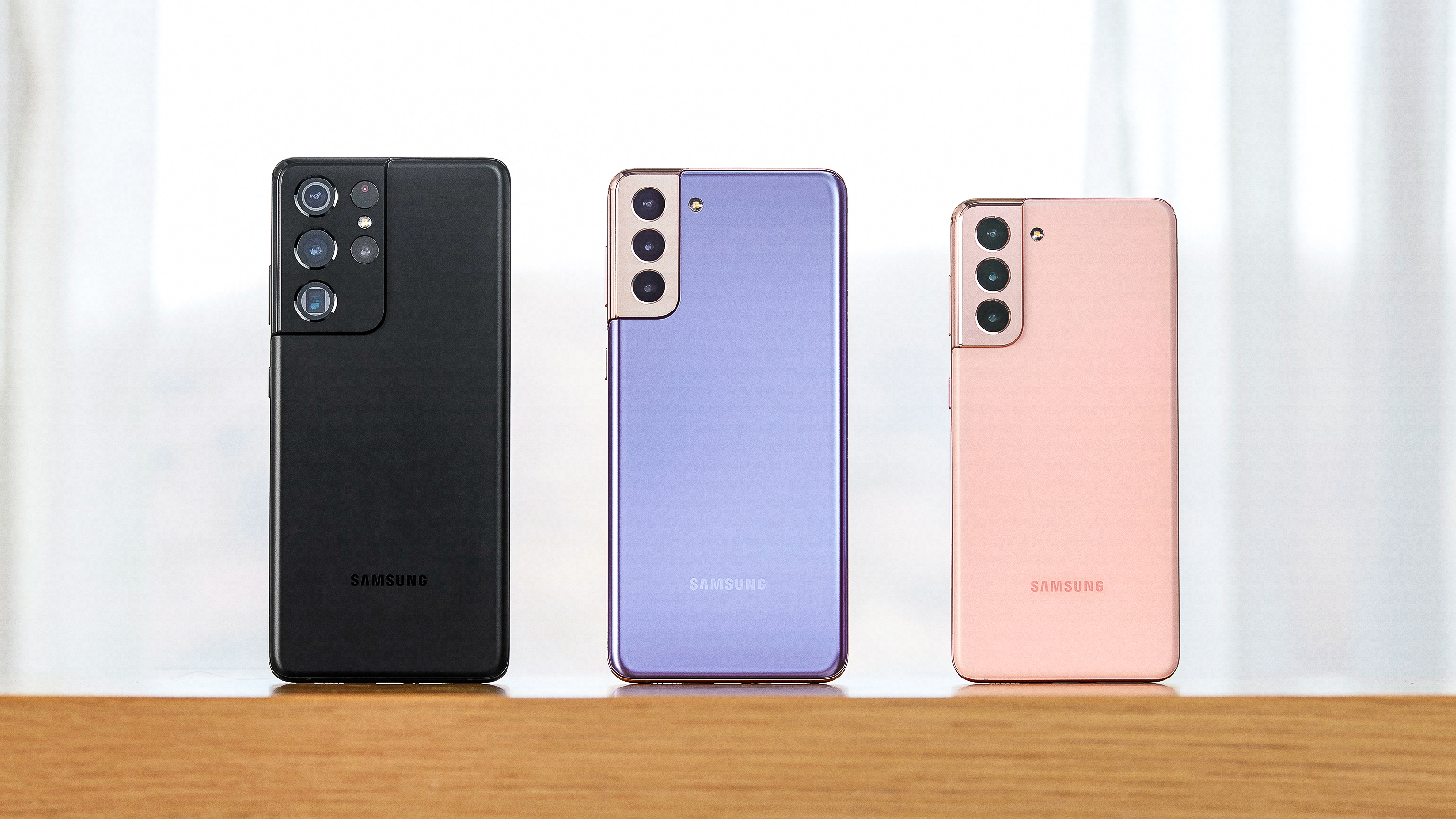Samsung Galaxy S21, S21 Plus and S21 Ultra phones are here!
Full details of the Samsung Galaxy S21 family of flagship Android smartphones is unveiled at Galaxy Unpacked

The Galaxy S21 family launches in 2021 - finally, a naming strategy that makes sense. The family includes the S21, the S21 Plus and the S21 Ultra. All three phones represent Samsung’s flagship line for the year, and they’re all vying slots in the best camera phone hall of fame.
Most striking on first glance is the design when compared to the Galaxy S20-line. The new contour cut camera design sees a striking departure from previous all-glass-backed Samsung phones. The phone’s metal frame bleeds in around the side and top of the phone, sculpted to form the camera surround. Meanwhile, the glass back of the phone is frosted, much like the Galaxy Note 20 Ultra 5G.
The phones’ screens are also quality options on paper. The entire S21-series sports Dynamic AMOLED 2x tech, for smart switching between silky smooth 120Hz scrolling, and power-saving 10Hz refresh rates. The S21 and S21 Plus sport Full HD Plus resolution, a strange choice given it’s a downgrade in resolution when compared to their predecessors, however the Ultra display keeps that WQHD+ goodness alive.
• See Samsung S21 vs iPhone 12
As for screen sizes, the S21 sports a 6.2-inch screen, the S21+ bumps things up to 6.7 inches and the S21 Ultra is that bit bigger at 6.8-inches. Big, bold, and bright, they all climb up to 1,500 nits of brightness and deliver a 50% improved contrast ratio when compared to the already class-leading S20 line.
Onto those cameras, and it’s worth thinking about the S21s as a stepfamily. The S21 and S21 Plus are cut from the same cloth, featuring a triple camera setup with a 12MP ultrawide, a 12MP wide, and a 64MP telephoto camera - virtually identical to last year’s S20 and Galaxy S20 Plus.
• Samsung Galaxy S21 review
• Samsung Galaxy S21 Ultra review
The best camera deals, reviews, product advice, and unmissable photography news, direct to your inbox!
Meanwhile, the S21 Ultra’s quad-camera packs a 12MP ultrawide (f/2.2), a 108MP wide (f/1.8), a 10MP 10x zoom telephoto (f/4.9), and a 40MP 3x zoom camera (f/2.4). Also impressive is the fact the latter three modules sport OIS.
Samsung refers to the 108MP sensor on the S21 Ultra as a ‘new’ sensor, suggesting it’s an update to last year’s ubiquitous 108MP ISOCELL camera found on the Note 20 Ultra 5G and Xiaomi Mi 10T Pro 5G. Nevertheless, the principle behind how it uses those 108MPs is familiar, employing nona-binning technology to achieve 12MP photos with improved noise-handling when compared to those taken at maximum resolution.
The S21 Ultra is also Samsung’s first smartphone capable of capturing 4K 60fps content across all lenses, and as with the S20-series, the entire S21s range shoots 8K video, from which high-resolution stills can be grabbed.
The camera also sees fun UI enhancements, the most notable being a new UI feature, Director’s View, which showcases live previews of all the phones’ cameras simultaneously on-screen, so you know exactly what you’re about to capture. This extends to the front camera with Vlogger View too.
Space Zoom (Samsung’s marketing term for its combo of digital and optical zoom) is back, with up to 30x zoom on the S21 and S21 Plus, and 100x on the Galaxy S21 Ultra.
There’s one additional highlight reserved for the S21 Ultra, and that’s S Pen support. Yep - this is the first non-Note Galaxy Samsung phone to support up to 4,096 levels of pressure sensitivity, and while there’s no crater for the pen to stow away in, a dedicated S Pen case will holster it just fine.
As for pricing, the S21 series will be available to buy from 29 January 2021, costing $799/£769 for the Galaxy S20, $999/£949 for the S21+, and $1,199/£1,149 for the S21 Ultra.
Read more:
• Best camera phone in 2021
• Best budget camera phones
• Best iPhone for photography
• Best burner phone
• Best 5G phone
• Best phablets
• Best flip phones
• Best phablets
Basil Kronfli is a freelance technology journalist, consultant, and content creator. He trained in graphic design and started his career at Canon Europe before moving into journalism. Basil is also experienced in video production, independently running the YouTube channel TechEdit, and during his time at Future, he worked alongside the Digital Camera World team as a senior video producer.



